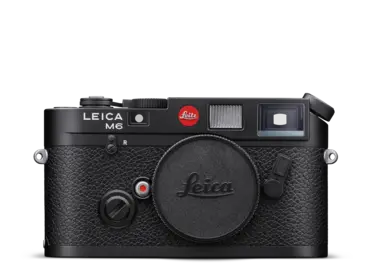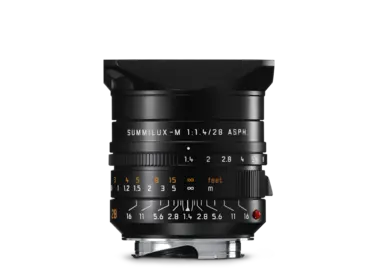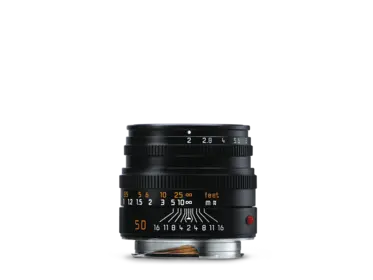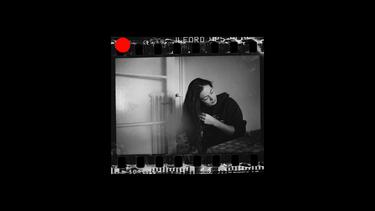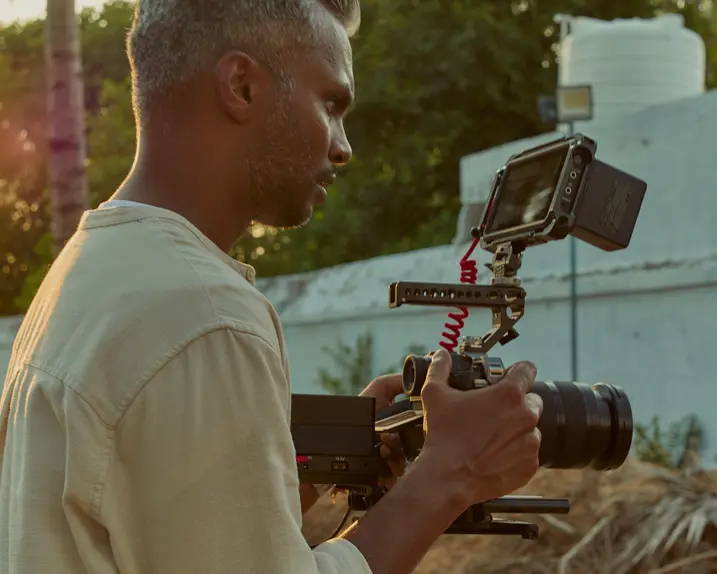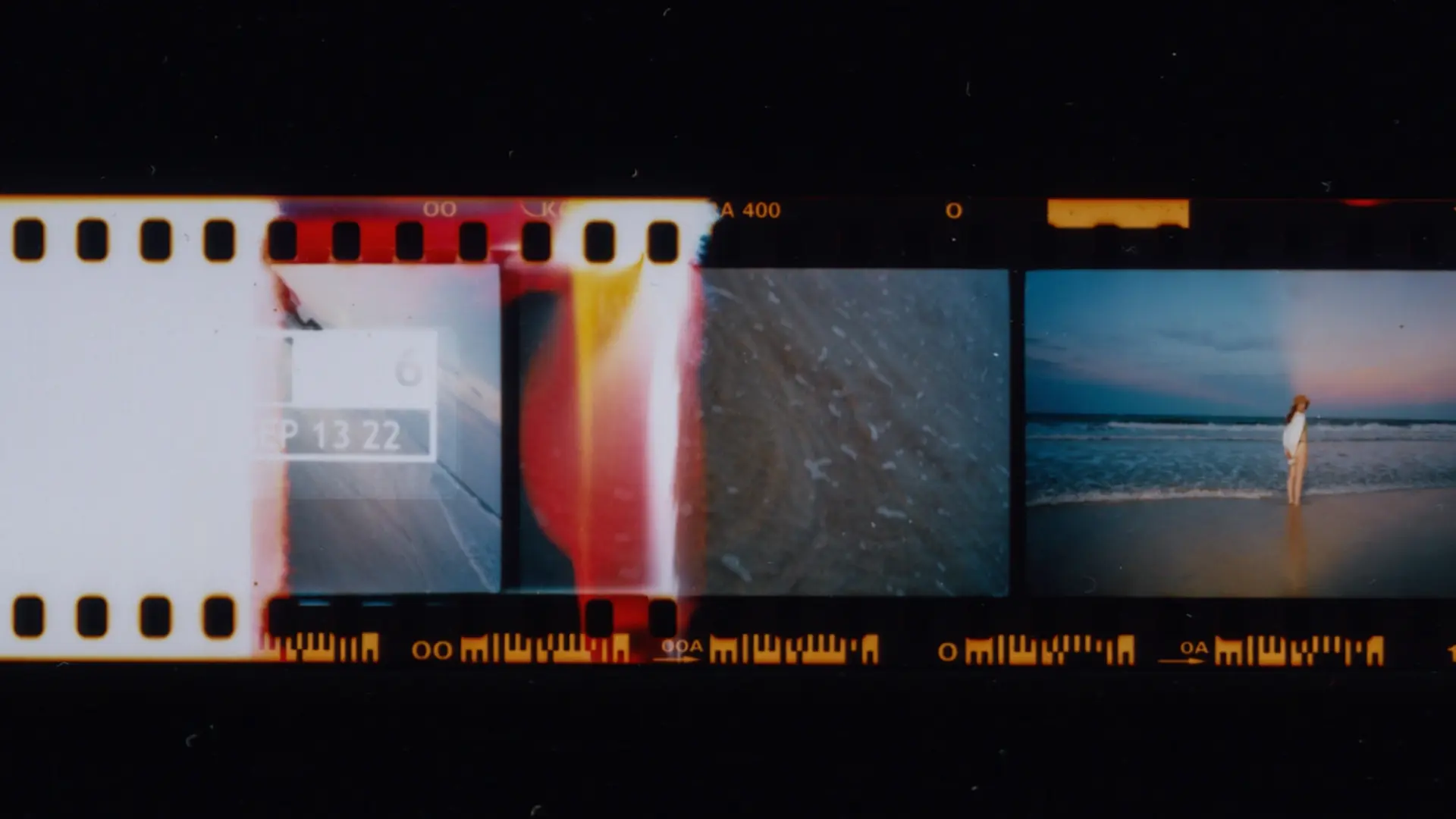
Film Photography
The desire to take pictures on film, to photograph more consciously and to leave behind the arbitrary digital images that flood the media, has been experiencing a real renaissance, since the beginning of the 2020s. It is not only photographers who used film in their youth who get all emotional just thinking they can now do so once more; a significant portion of people in the analogue scene are digital natives whose parents already photographed with digital. Whether the reason for this movement is to take a romanticised look back, the desire to slow down, or simply the longing for a digital detox, Leica not only offers analogue cameras that are given a second lease on life by a new owner; they also continue to bring out new models.
First and foremost, we have the current Leica M6 (from 2022), an iconic camera first introduced in 1984 and expanded in 1998; it was rightly considered a milestone. Then, we have the Leica M-A (Typ 127), a purely mechanical camera; and the Leica MP, the extremely robust analogue M for rough and tumble everyday reportage photography.
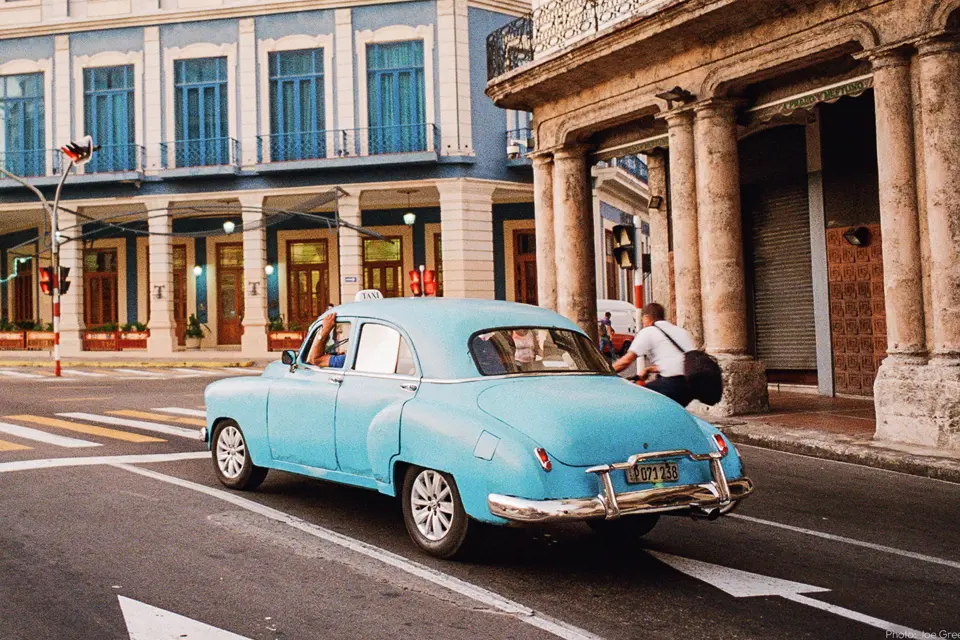
Focussed, concentrated and taking pictures consciously – on film.
Because of the physical properties involved, taking pictures on film produces a very special aesthetic – a film grain reproduces light, structures and fine details in a different manner to pixels. The fact that people repeatedly point out that they can tell whether a photograph was taken analogue or digitally can also be explained by the different ways of actually taking the pictures. Someone who can “only” expose 36 images per roll of film, rather than write thousands of images onto a memory card, generally takes photographs more consciously. Because he or she cannot immediately check the result on a camera monitor and, if necessary, rearrange the image section or composition, the tendency is to think differently about the image before taking the picture, and to photograph with more awareness.
Exposing a film – whether colour or black and white – is not old-fashioned, backward-looking, or backward-thinking. It is a deliberate decision at a time when each photographer can freely choose the medium to use. Just a few years ago, digital had pretty much buried analogue completely: today both exist, side by side; and the difference is not in the quality – rather, it is in the approach and the aesthetic look.
How photographers use Leica products
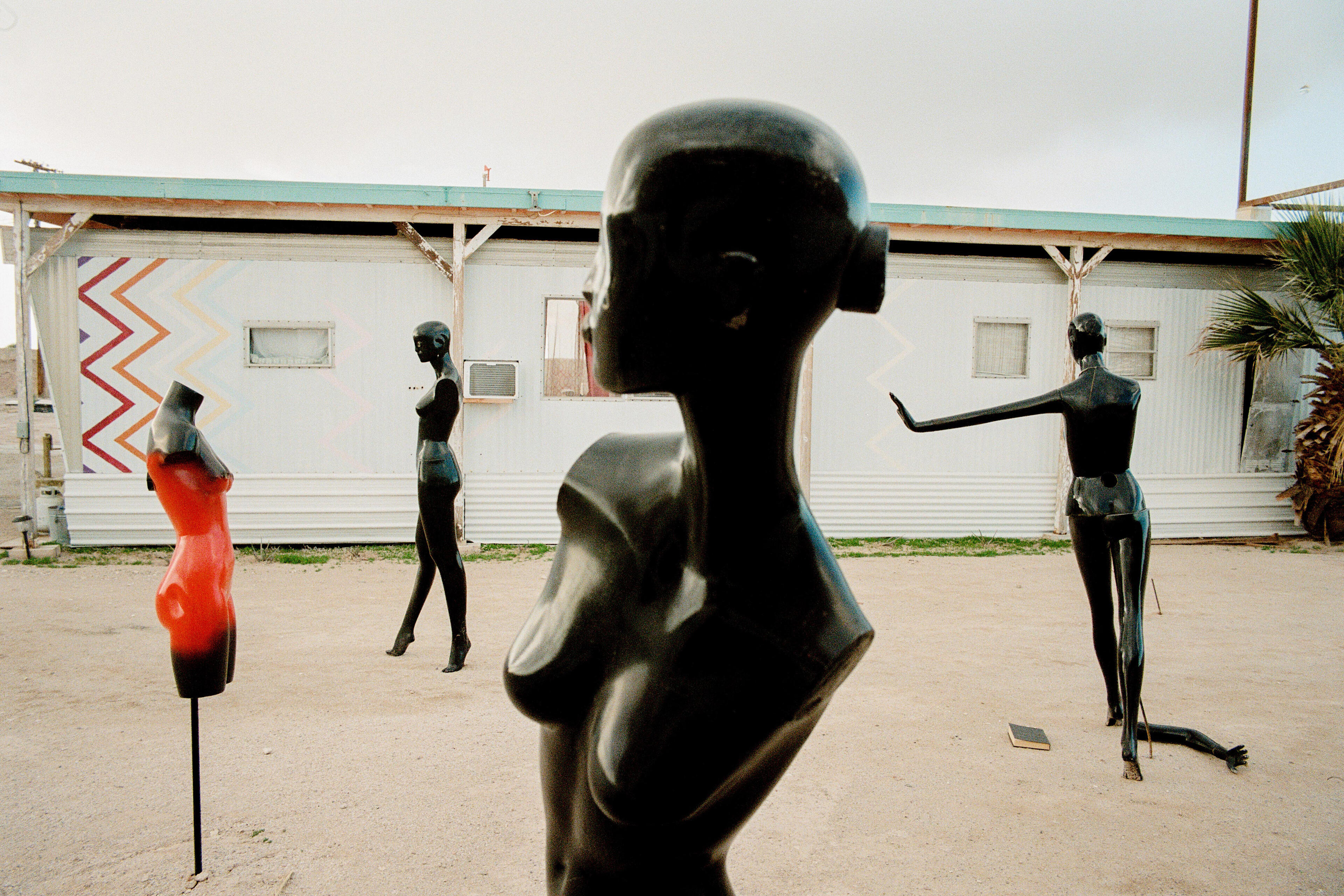
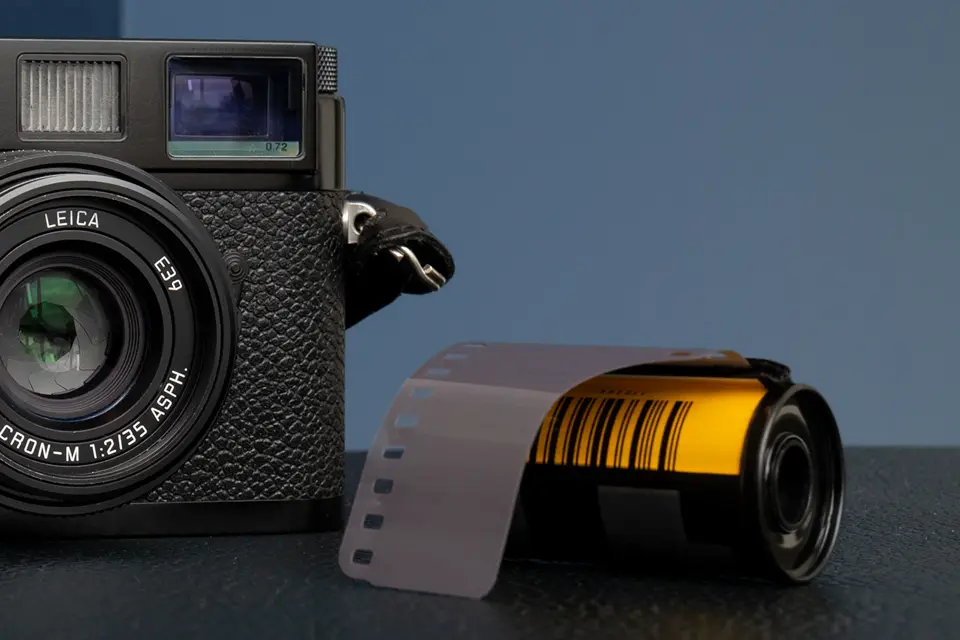
Film is key
The right film stock for your creativity.
Celluloid film. The magical medium that carries the originals from film photographers around the world. 35 mm wide and to be handled with care. It is essential for the look and the characterisitcs of an image, to choose from the again growing range of film stock the one, that best fits the needs of photographers. A look at this short guide for beginners can help to make the right choice.
Let our videos inspire you
